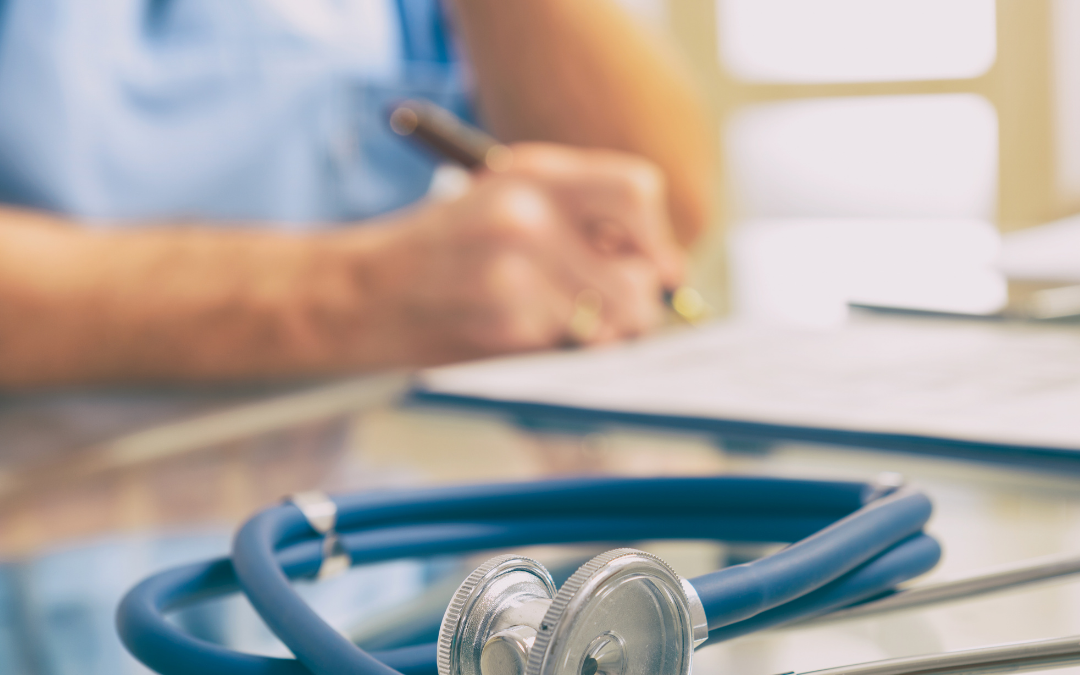Medical Devices in the Veterinary Industry
The need for medical devices in the veterinary industry is rising due to the growth in the number of pet owners. According to the APPA National Pet Owners Survey (2021-2022), 90.5 million American households own a pet.
In veterinary medicine, medical devices are used for surgeries, treatment, to track diagnosis and vitals, and to improve care of animals. They are also used to improve client relations during routine check-ups.
Before you purchase, recommend, or use medical devices on your pets, here are a few aspects that every vet and owner must know about the devices.
Types of Medical Devices Used in the Veterinary Industry
1. Fitness Trackers
Fitness trackers are equipped with features such as sleep tracker, diet and calories intake, time spent on running or walking, a GPS, and much more. Your pet’s endurance levels are easier to track with fitness devices.
As per a survey conducted by the Association for Pet Obesity Prevention, 56 percent of the dogs were categorized as overweight. The calories fed to dogs or cats in the form of treats or regular meals is easy to forget, hence with fitness trackers you can maintain records of calories.
For example, FitBark, a pet tracker and sensor is designed to trace calories burnt, activities, rest, and play times. It is also enabled with a GPS to detect your dog’s location.
According to the American Humane Association, approximately 10 million dogs and cats go missing each year, hence GPS fitted trackers such as Whistle 3 alerts the owners if the pets escape from the safe space. Further, Whistle 3 uses satellite and accelerometer systems (GLONASS and GPS) to trace your pet’s location.
For pets who love swimming, fitness trackers such as FitBark can be linked to Google Fit or Apple HealthKit, thus keeping them away from water damage.
2. Surgical Devices
Surgical instruments such as forceps, saws, chisels, or retractors are needed for an ideal operation. However, apart from this, every vet must have the following surgical devices at their clinics.
A. Endoscope
Endoscope is a fiber-optic tool that’s designed to take images of the internal organs, magnify them, and showcase them on HD monitors. Flexible endoscopes are utilized to remove inhaled or ingested foreign particles, biopsy acquisition for urinary and GI disease, and for the treatment of urinary stone disease.
A rigid endoscope is used for minimally invasive operations on regions such as thoracic and abdominal cavities. Minimally invasive procedures decrease tissue damage, trauma, and the pain associated with it during surgeries.
B. Interventional Radiology
This tool aids to gain access to different organs of the animals’ body for therapeutic and diagnostic usages. For instance, UDMI (University Diagnostic Medical Imaging) uses interventional radiology for –
-
- Cyst or biopsy aspiration
- Paracentesis – Fluid removal from the abdomen.
- Biliary drainage – Extracting fluid from liver.
- Thoracentesis – Draining fluid from the space between chest wall and lungs
- Pain management injections
- Port catheter and PICC (Peripherally Inserted Central Catheter) line
C. Surgical 3D Printing
3D printing develops a tangible model of the body, organ, or bone that is to be operated on. This helps to visualize the conditions before surgery, thus aiding vets to understand all factors of operations beforehand.
Dr. Robert Hart, director of orthopedic and joint replacement surgery at the Animal Medical Center in New York City, treated a deformed limb of a 7 months old Irish Setter. The dog walked awkwardly due to deformity and was at a risk for early arthritis. Dr. Hart ordered a CT scan and X-ray of the dog’s leg and sent it for 3D printing.
The 3D model allowed Dr. Hart to make the right cuts during surgery and eliminated the risk of operating on the dog blindly.
D. MeasureON! Harness
Monitoring an animal’s vitals after surgery is critical. Gathering accurate data, such as heart rate, respiratory rate, temperature, and activity level, is essential to maintaining pet safety and comfortability. The MeasureON! Harness is designed to non-invasively monitor patient metrics during hospitalization and post-anesthesia recovery.
The smart technology uses Wi-Fi and Bluetooth connections to connect with the VetMeasure app to display health metrics in real time. Whether a pet’s vitals drop below or go above the pre-set safe ranges, an alert is automatically sent to your phone, tablet or computer.Thus allowing technicians to stay up-to-date on a patient’s condition and better predict post-surgery complications.
MeasureON! saves time, money, and resources within a practice, along with improving patient care.
3. Ultrasound
Apart from using ultrasound for pregnancies in pets, it also holds a diverse range of applications. It is utilized to examine the abdomen with GI symptoms such as lack of appetite or vomiting. Ultrasound can aid vets to check horses for colic signs; analyze tendons and ligaments of limping or lame horses.
“Vets can use ultrasound for heart examination – echocardiography, to detect arrhythmias, heart murmur, and other types of cardiac diseases. Ultrasound is sensitive to organs such as pancreas or gallbladder which cannot be assessed during routine X-ray checkups,” says Erin Downes, VMD, Paoli Vetcare.
Several companies are coming up with innovative ultrasound technology in today’s time. For example, in October 2021, Butterfly Network, Inc., a digital health company based in Connecticut, is launching Butterfly iQ+ Vet ultrasound. This device comes with a new guidance tool, sharp imaging, and hardware improvement.
USA Regulations for Veterinary Devices
The US Federal Food, Drug, and Cosmetic Act describes medical device as “an instrument, apparatus, implement, machine, contrivance, implant, in-vitro reagent, or other similar or related article, including any component, part, or accessory.
Which is …intended for use in the diagnosis of disease or other conditions, or in the cure, mitigation, treatment, or prevention of disease in man or other animals, or [which is] intended to affect the structure or any function of the body of man or other animals …
Further, a device does not achieve its primary intended purposes through chemical action within or on the body of man or other animals, and … is not dependent upon being metabolized for the achievement of its primary intended purposes.”
Examples of medical devices are syringes, needles, prosthetic devices, surgical instruments, diagnostic test kits, X-ray equipment, and dental tools.
Manufacturers of veterinary devices and distribution need not list their devices or register their manufacturing establishments. Veterinary devices do not require a pre-market approval or PMA, and the submission of 510(k) is not needed for the FDA.
However, companies developing radiation emitting medical devices are required to register the items under radiological health regulations, which is run by the CDRH (Center for Devices Radiological Health).
The FDA pushes pet owners and veterinarians to report about product defects and harmful drug experiences under form FDA 1932a. Further, distributors and manufacturers can request a review of promotional literature and product labeling, to assure that it adheres with the Act.
Final Thoughts
Technologies such as artificial intelligence or cloud services are filling in the gaps left by medical devices. For example, usage of AI in detecting diseases in canines or utilizing cloud services for gathering animal data. The integration of such technologies in devices is resulting in an advanced state of veterinary medicine.
About the Author:

Rahul Varshneya is the co-founder and president of Arkenea, a custom healthcare software development company. Rahul has been featured as a technology thought leader across Bloomberg TV, Forbes, HuffPost, Inc, among others.

